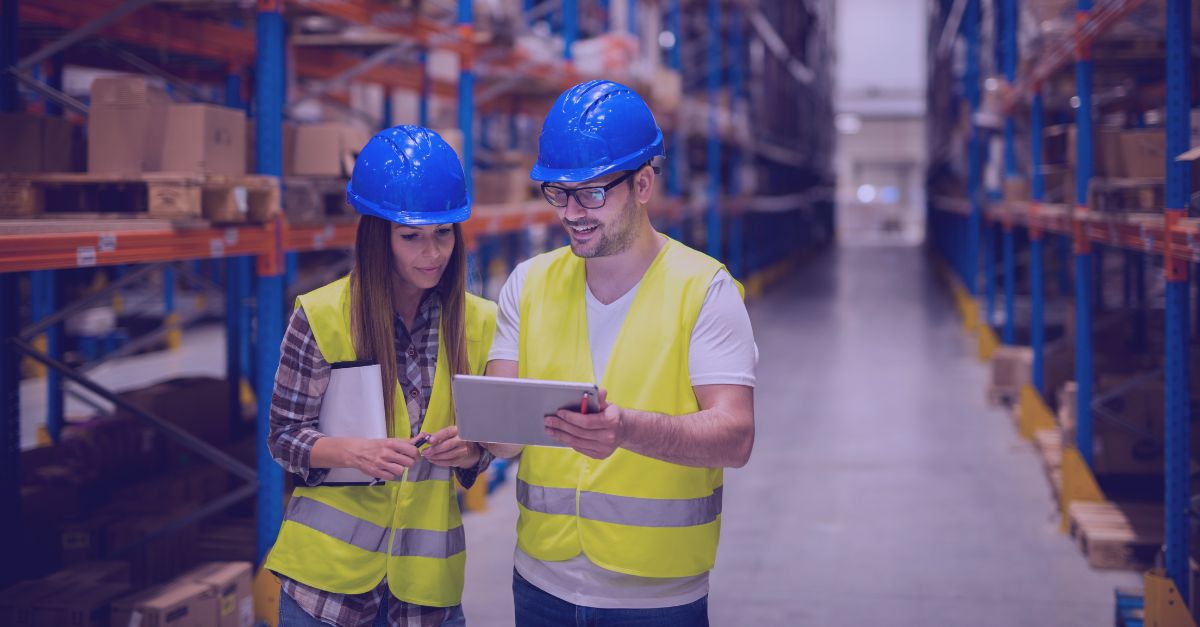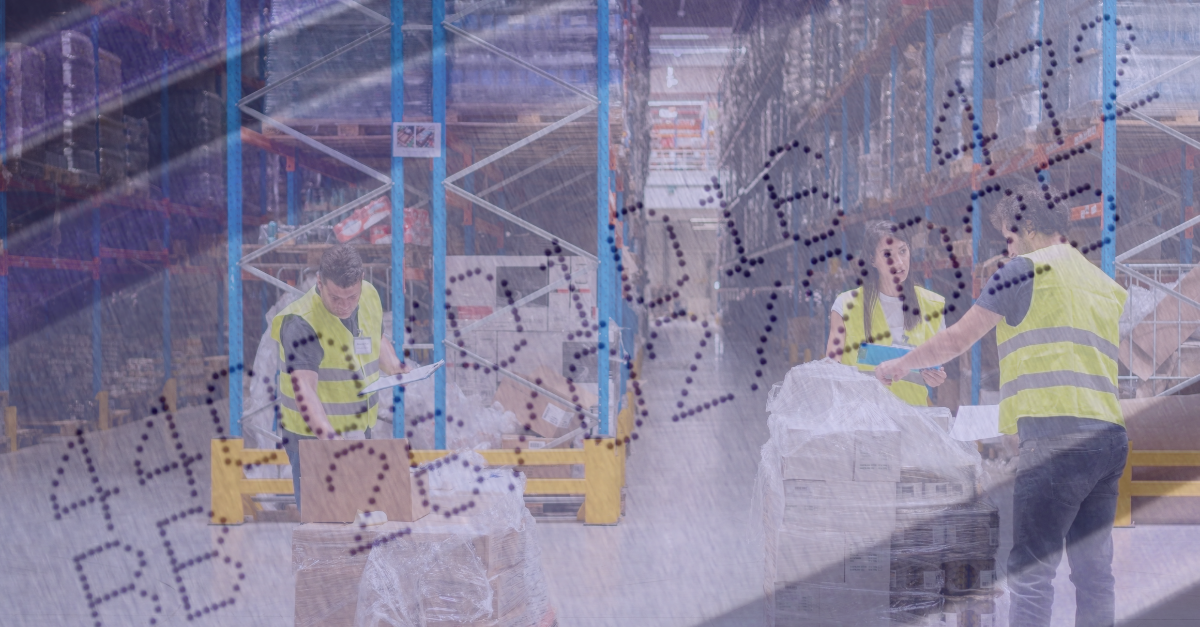For many SMEs, logistics is often a headache. Whether it is a strategic choice for the company (efficiency, scalability of offers) or constrained (volume not enough or too numerous), many companies, SMEs and large groups, are choosing logistics outsourcing. It is not always easy for them to know who to delegate these essential functions of transporting products to customers and logistical storage. Finally, what are the advantages of outsourcing logistics? What can be subcontracted in terms of logistics?
What is a 3PL?
A 3PL, or Third-Party Logistics, is a specialized company that offers outsourced logistics services to businesses. They can include a wide range of essential logistics activities such as:
- The storage and inventory management. A 3 PL can take care of receiving goods, storing them, monitoring stock levels, managing resupplies.
- La order preparation, including packaging.
- The transport and delivery goods from production centers to warehouses and from warehouses to end customers. They generally have an extensive network of partner carriers.
- The Cross-docking. The 3 PL provider can take care of the preparation of orders and deliver directly to the end consumer without going through a storage period.
Outsource logistics: 1PL, 2PL, 3PL, 3PL, 4PL, 5PL, all levels of subcontracting
The terms 1PL, 2PL, 3PL, 4PL, and 5PL refer to different levels of outsourced logistics services, each offering an increasing degree of activities supported by the logistics partner.
- 1PL (First-Party Logistics). The provider offers a simple subcontracting of transport.
- 2PL (Second Party Logistics). For transport alone, the 2 PL add storage services. The management of flows and transport remains the responsibility of the client company.
- 3PL (Third-Party Logistics). Transport and stock management are managed in part directly by the 3 PL, which frees the client company from logistical tasks and controls.
- 4PL (Fourth-Party Logistics). A 4PL company goes even further by integrating the entire supply chain and acting as a single intermediary between the customer and the various logistics service providers.
- 5PL (Fifth-Party Logistics). The entire customer supply chain is fully delegated to 5 PL. This goes hand in hand with a strong focus on digital technologies and automation.
What are the differences between 3PL and 4PL?
The main difference between these two types of services is based on the level of integration offered. Where the company 3 PL will manage the daily operations of its customers, The 4 PL will go further by also working on the optimization and integration of processes.
Remember that the 3 PL takes care of warehousing, order processing, transport, inventory management and cross-docking. A 4PL provider will be in charge of controlling the entire supply chain, coordinating all the actors involved in the supply chain. In addition, The 4 PLs base their activities on very advanced software solutions that facilitate all processes, from order taking to delivery..
While the term most commonly used (and sometimes incorrectly) is 3PL, as we can see, the realities are much more complex.
A logistics provider like Stockoss is a 4PL. Among the tangible differences with a 3PL, there are, for example, notable differences:
- Inventory Management : on an Excel table (3PL) vs dynamically in real time (4PL Stockoss),
- Inventory visibility : manual (3PL) vs in real time (Stockoss),
- Placing orders : by email (3PL) vs in a few clicks (Stockoss),
- Flow monitoring : manual (3PL) vs in real time (Stockoss),
- Data analysis : none (3PL) vs insights and data analysis dashboard (Stockoss),
- Stock photos : none (3PL) vs photos of each item in the inventory (Stockoss).
What are the advantages of outsourcing logistics with a 3PL provider? And the disadvantages?
Numerous advantages compared to in-house logistics management
- An rreduction of costs on logistics operations. 3PLs make it possible to achieve economies of scale and reduce operational costs, thanks to their networks (carriers, warehouses).
- One great logistical expertise which makes it possible to optimize logistical efficiency. 3PLs effectively streamline inventory management, transportation, and distribution of goods.
- One flexible logistics. 3PL outsourced logistics services offer real flexibility to adapt to variations in demand.
The limits of 3PL providers
- Les 3PL services have a cost. Who would doubt that? Delegating part of your logistics to a third party is not trivial financially.
- One Problem location. A 3PL provider whose warehouses are far from the client company presents two risks: a recurring inventory management problem. And an unnecessary extra cost. This is why it is always necessary to check the number and location of storage locations offered by the service provider.
- One loss of control. The more you delegate, the more difficult it is to maintain good control of delegated activities. Trust and a service based on collaboration are therefore necessary to avoid conflicts and dysfunctions.
What are the advantages of outsourcing logistics with a 4PL provider?
The advantages of 4PL providers
4PL providers, such as Stockoss, offer even greater advantages. In addition to the advantages of 3PL, there are:
- One integrated management. Supply chain integration ensures smooth and optimized management. 4PLs can coordinate many aspects of logistics, from strategic planning to operational execution, including the monitoring and analysis of logistics performance.
- One risk reduction. By coordinating all logistical aspects, 4PLs reduce the risk of errors and delays.
- Of bespoke services. Thanks to the use of advanced computer tools, it is possible for the service provider to offer personalized logistics solutions that meet the specific needs of each customer.
- Ltechnological innovation. 4PL providers invest in innovative technologies to offer advanced logistics solutions: inventory and flow management systems (OMS, called Stockoss Order One at Stockoss), real-time monitoring platforms, Internet of Things (IoT) technologies offering their customers optimal services. For example, the software for managing and controlling warehouse operations, lThe Warehouse Management System (WMS) from Stockoss is a powerful tool that allows you to manage the arrival of products in warehouses, their packaging and their distribution. It thus offers a real-time visibility on all stocks. This is all the more useful and efficient when, as with Stockoss, the warehouse network covers vast territories.
How do you choose the right provider to outsource your logistics?
How do you know if you should use a service provider rather than managing internally? Here are the questions that the business needs to answer.
- The Number of supplier locations of the company. If these are numerous and spread over a large territory, a 3PL or a 4PL seems more suitable.
- LThe company Is she looking for sSpecialized services ? Personalized packaging, specialized handling, labeling... call for a 3PL or a 4 PL, better suited for these particularities.
- What are the business growth forecasts ? A 3PL or a 4 PL provider is able to manage a steady increase in power.
- The Is company management ready to work differently ? Instead of permanent control over logistics operations, is the idea of co-management and confident delegation of logistical decisions to the service provider acceptable? If yes, a 3PL or a 4 PL are suitable.
As for the final selection of the provider, it will be based on classical specifications, and will have to respond to various points that will lead him to the best choice.
.png)
Arkose was facing several logistical challenges as their number of theaters increased, especially in France and internationally (Spain, Belgium).





